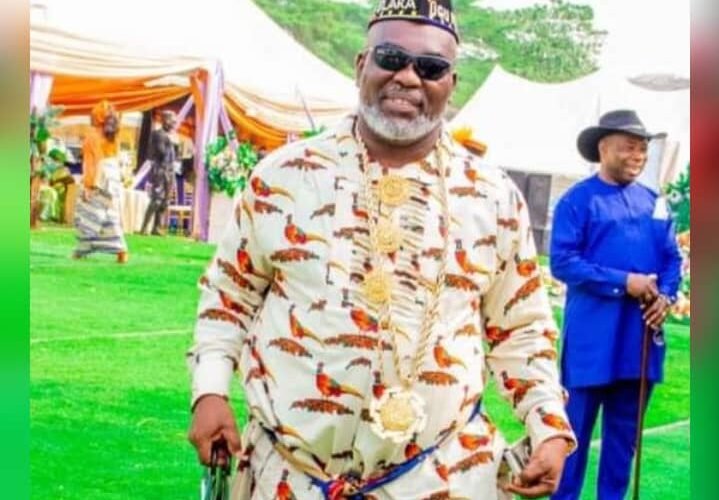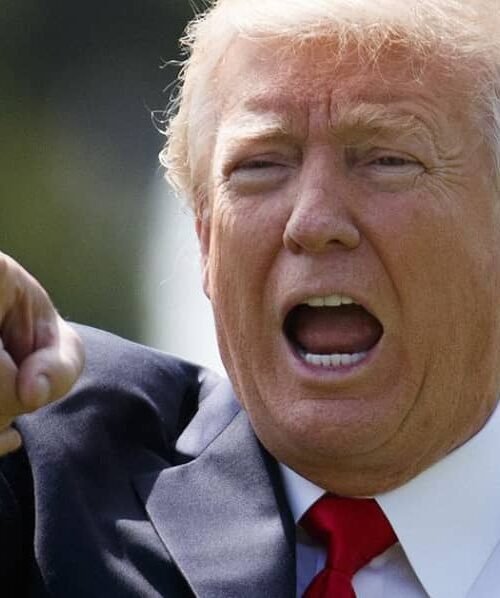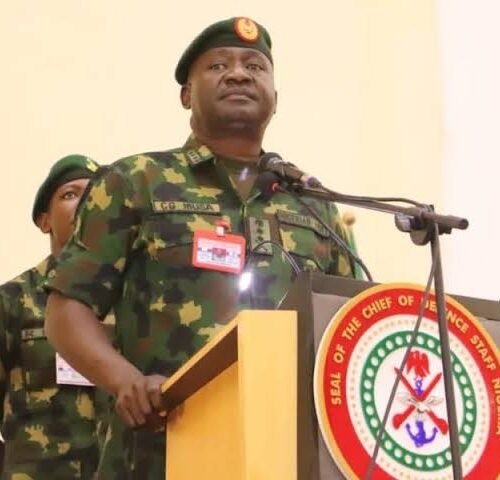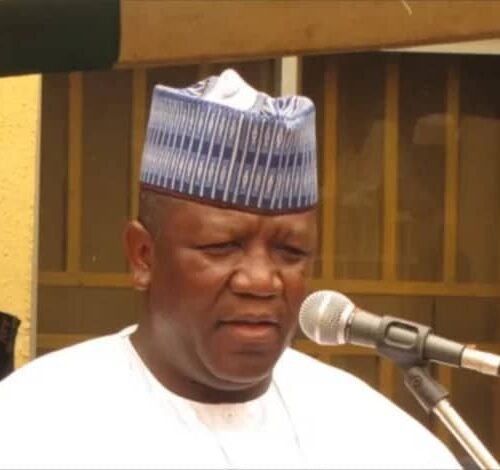The Eleanya Model: A Panacea for Sustainable Economic Development in Ohafia LGA

The local government area of Ohafia, situated in Abia State, Nigeria, faces numerous economic challenges that hinder its growth and development. Unemployment, poverty, and limited infrastructure are some of the pressing issues that necessitate a multi-faceted approach. The Eleanya Model, a proposed framework, offers a holistic solution to address these economic difficulties and propel Ohafia LGA towards sustainable development.
Ohafia LGA’s economy is characterized by stagnation, with limited opportunities for entrepreneurship, agriculture, and industry. The area’s rich natural resources remain untapped, and the lack of infrastructure hampers economic growth. Unemployment rates are alarming, leading to poverty and social unrest. According to the National Bureau of Statistics (NBS), Ohafia LGA has one of the highest poverty rates in Nigeria.
The Eleanya Model proposes a comprehensive approach to tackle Ohafia LGA’s economic challenges. Agricultural development is crucial, and this can be achieved by establishing farm settlements, providing training and inputs for farmers, and promoting value chain development to increase farmers’ income. Irrigation systems should also be implemented to ensure all-year-round farming.
Commerce and industry are also vital sectors that require attention. Industrial clusters should be developed to promote entrepreneurship and job creation. Entrepreneurship should be supported through loans, mentorship, and business training. Market access should be enhanced through infrastructure development and trade facilitation.
Infrastructure development is essential for economic growth. Roads, electricity, and water supply should be upgraded to support economic activities. Markets and storage facilities should be constructed to improve trade and commerce. Housing estates and recreational facilities should also be developed to enhance living standards.
Human capital development is critical for economic growth. Vocational training and skills acquisition programs should be provided to equip youth with employable skills. Education initiatives, including scholarships and infrastructure development, should be supported. Healthcare services should be improved through hospital upgrades and personnel training.
Financial inclusion is also vital for economic development. Microfinance institutions should be established to provide accessible credit facilities. Mobile banking services should be implemented to increase financial accessibility. Cooperative societies should be promoted to foster savings and investments.
Effective implementation of the Eleanya Model requires collaboration among stakeholders. The local government should provide policy support and resources. Private sector investors should invest in agriculture, industry, and infrastructure. Community leaders should mobilize support and participation. Development agencies should provide technical assistance and funding.
Regular assessments and monitoring will ensure the model’s effectiveness. The Ohafia LGA government should establish an implementation committee, allocate sufficient funds, engage stakeholders, and monitor progress. The private sector should invest in key sectors, provide mentorship, and support entrepreneurship. Development agencies should provide technical assistance, offer funding, and build capacity.
In conclusion, the Eleanya Model is a well-structured framework addressing Ohafia LGA’s economic challenges and ensuring sustainable development. Its implementation will have far-reaching benefits, improving living standards, reducing poverty, and promoting economic growth. The time to act is now; let us join hands to implement the Eleanya Model and transform Ohafia LGA.
Dr Chukwuemeka Ifegwu Eke writes from the University of Abuja Nigeria







